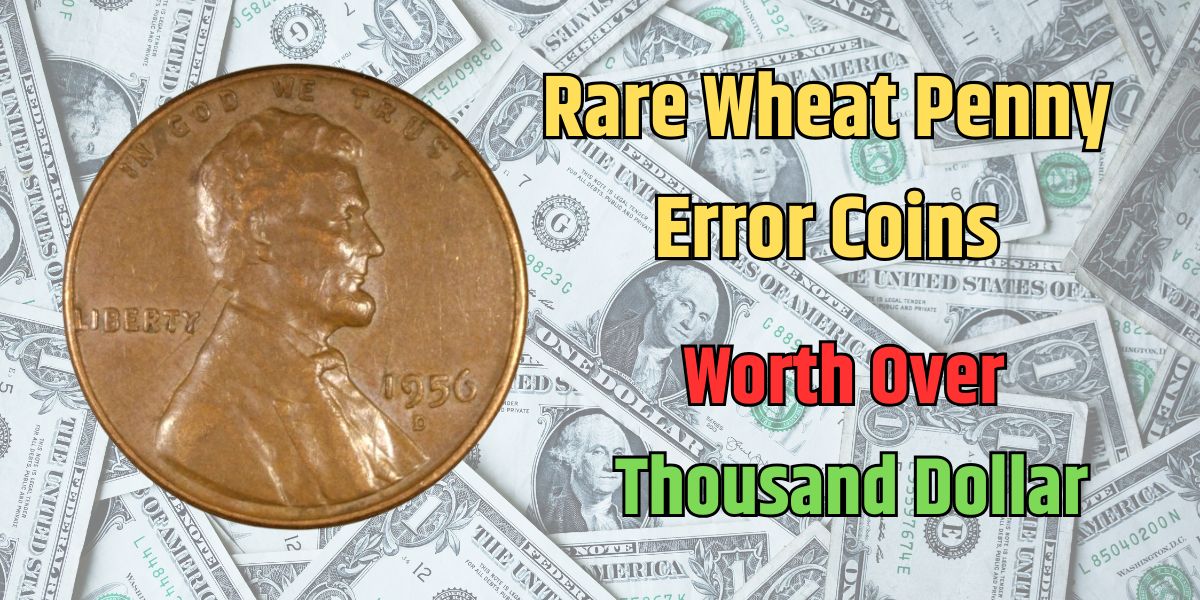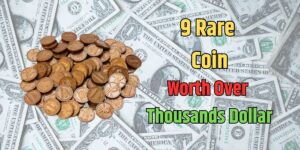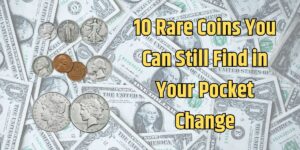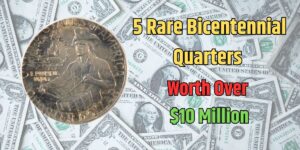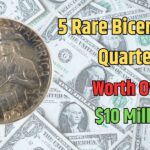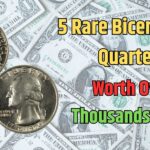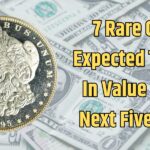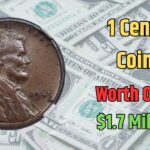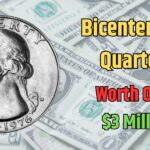Wheat pennies, minted from 1909 to 1958, are beloved among collectors for their historic design featuring two ears of wheat on the reverse. While many are common and hold modest value, error coins—minting mistakes—have captured the fascination of numismatists due to their rarity and high auction prices. Let’s explore the most valuable Wheat penny errors and the stories behind these coveted coins.
The Most Valuable Wheat Penny Errors
1. 1943 Double Die Obverse (DDO)
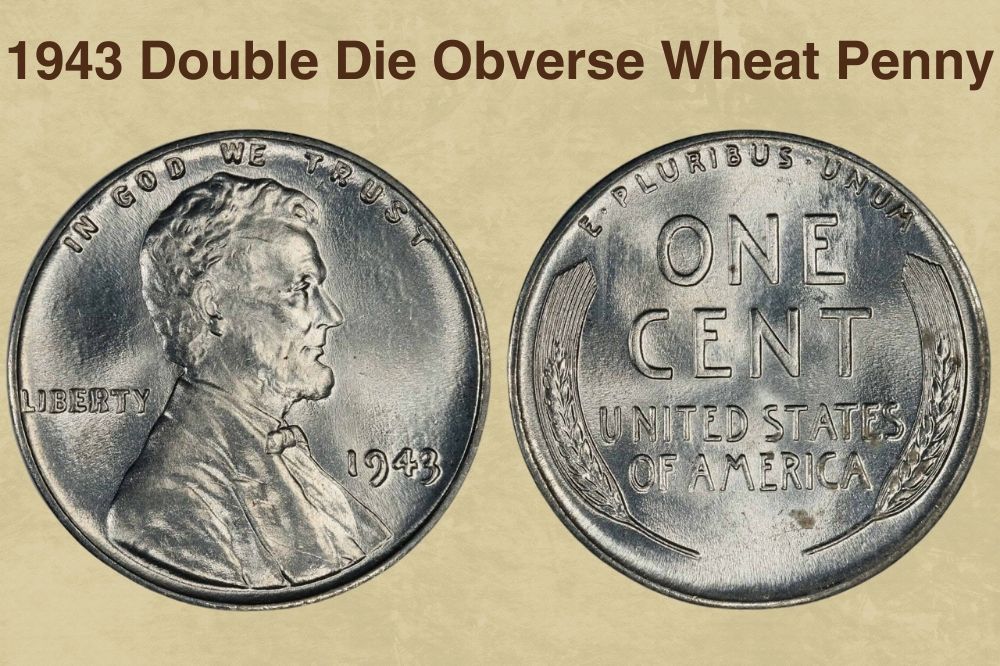
This iconic error was caused by a die misalignment during minting, resulting in a doubled image on the obverse. The doubling is especially visible on the word “Liberty” and the digits “9” and “3” in the date.
- Values:
- Circulated (low grade): $30
- About Uncirculated (AU55): $100
- Mint State (MS65): $1,500
2. 1943 (D) Repunched Mintmark (RPM)
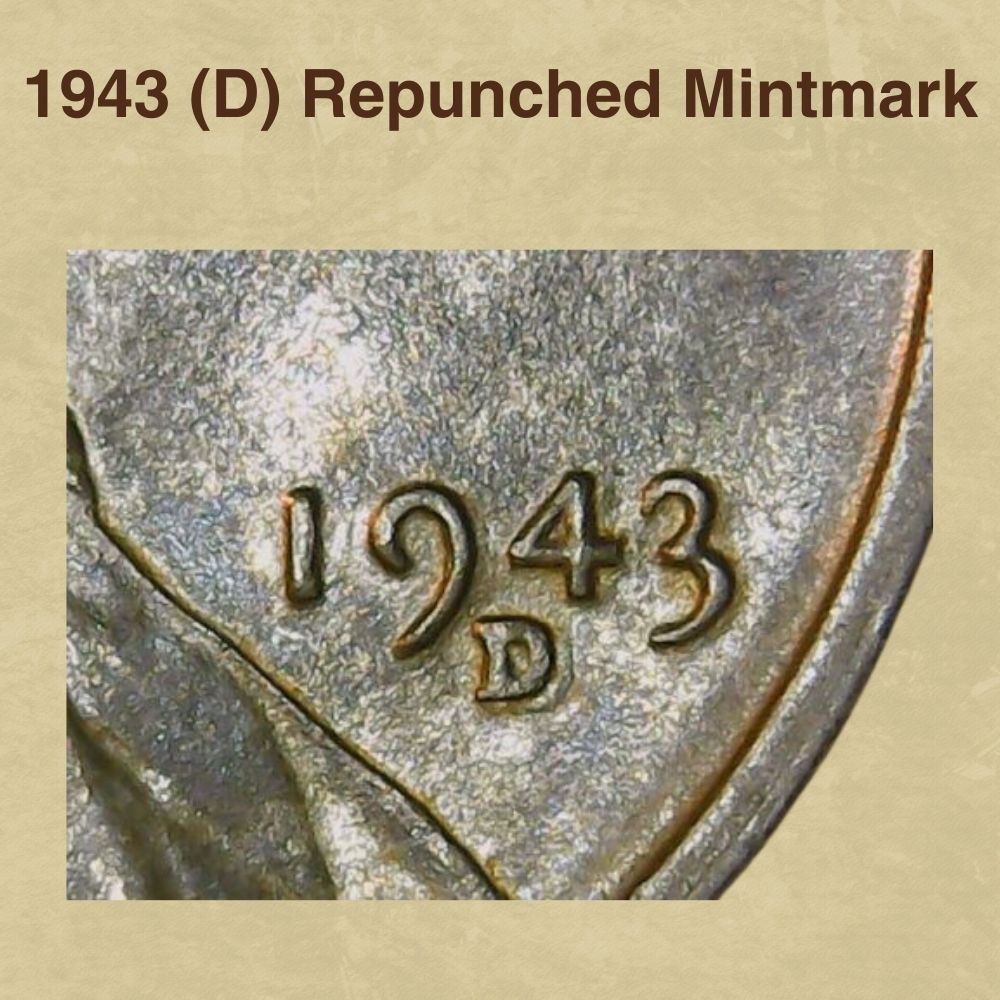
Coins minted in Denver that year display a second “D” mintmark slightly offset from the first due to an error in the punching process.
- Values:
- Fine (F12): $75
- About Uncirculated: $200
- Mint State: $1,000 to $15,000
3. 1944 D/S Mintmark
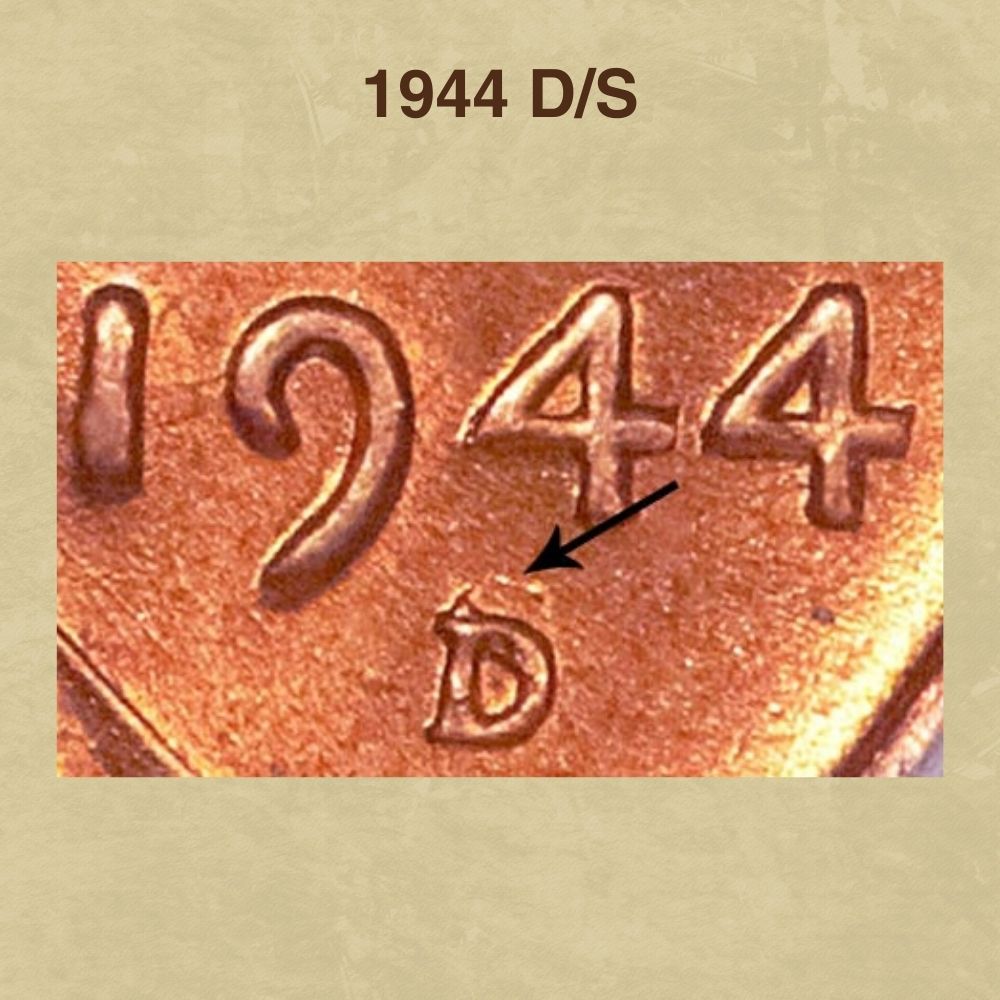
This penny features a “D” mintmark stamped over a faint “S,” a result of a reused San Francisco die at the Denver Mint.
- Values:
- Fine: $75
- About Uncirculated: $260
- Mint State: $4,000 to $20,000
4. 1936 Double Die Obverse
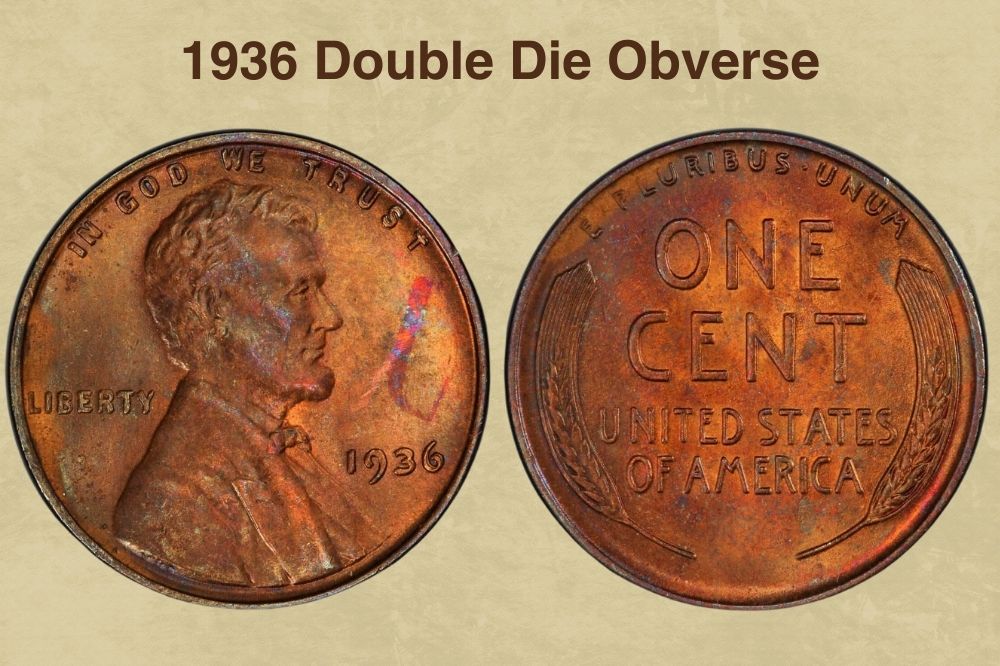
This error, evident on the motto “In God We Trust,” the word “Liberty,” and the date, is a striking example of die doubling.
- Values:
- Circulated: $100
- About Uncirculated: $200
- Mint State (MS65): $600 to $5,000
5. 1909 S Over Horizontal S
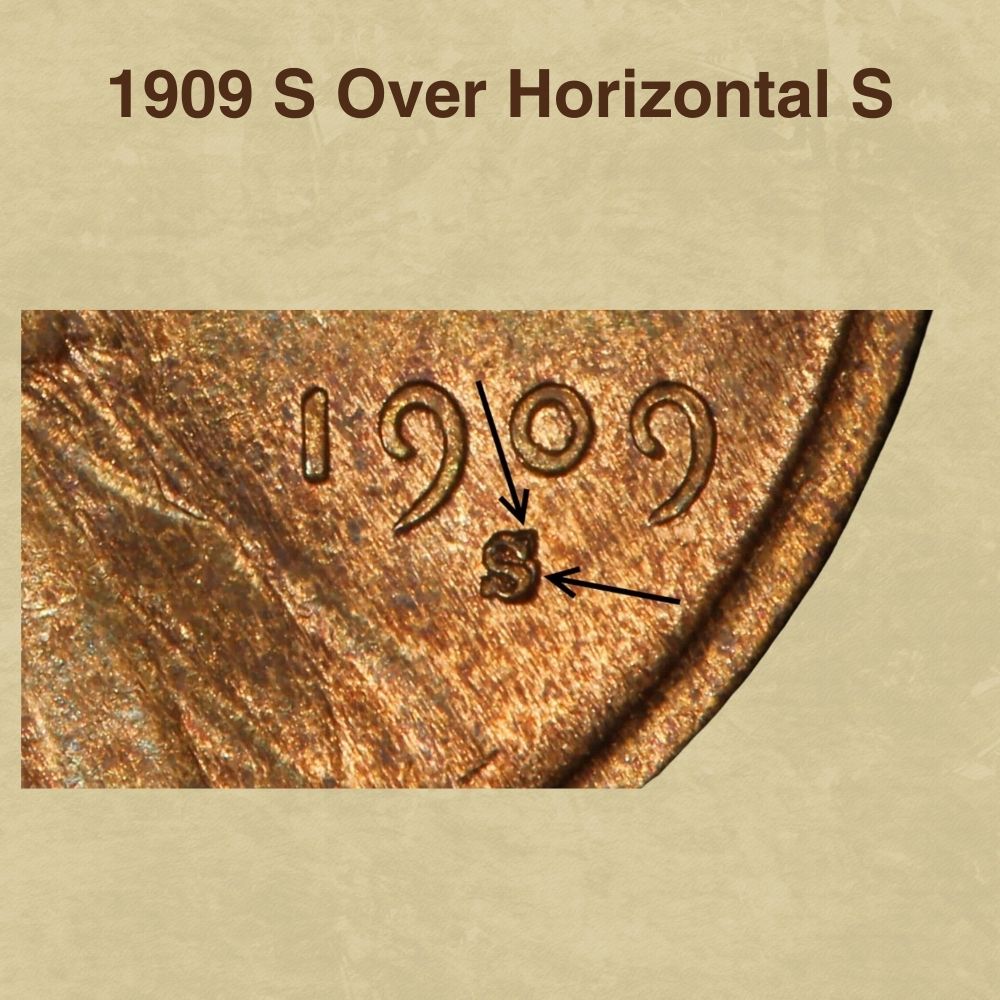
In this rare error, a second “S” mintmark was stamped horizontally over the first. Only visible under magnification, this subtle flaw boosts the penny’s value significantly.
- Values:
- Circulated: $100
- About Uncirculated: $250
- Mint State (MS67 Red): $32,900
6. 1917 Double Die Obverse
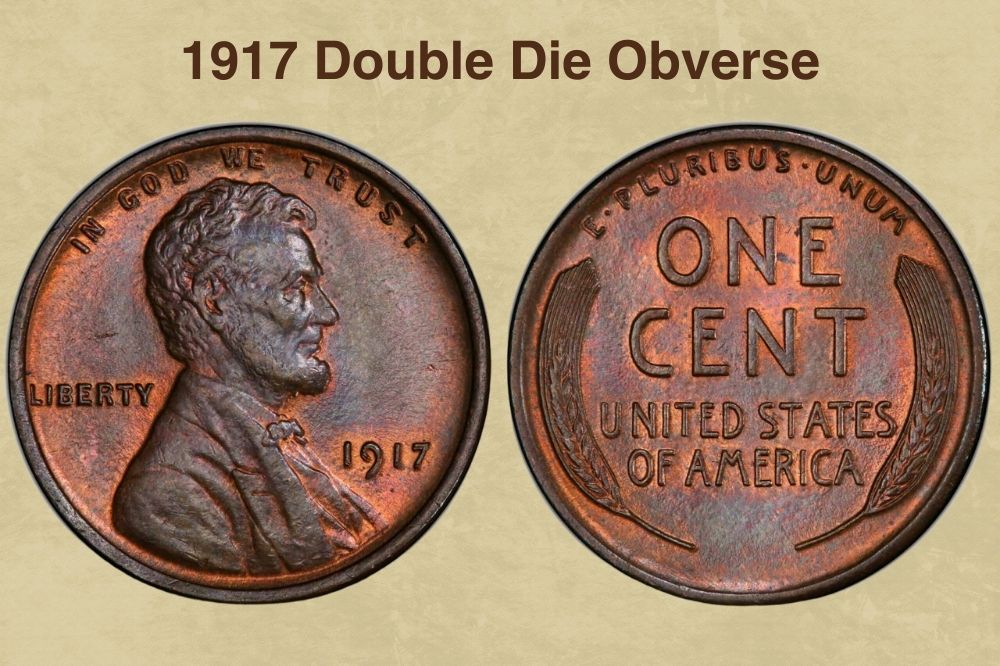
Prominent doubling is visible in “In God We Trust” and the date. This error penny is a collector’s dream.
- Values:
- Circulated: $200
- About Uncirculated: $1,500
- Mint State (MS67+ Red): $135,000
7. 1922 No D
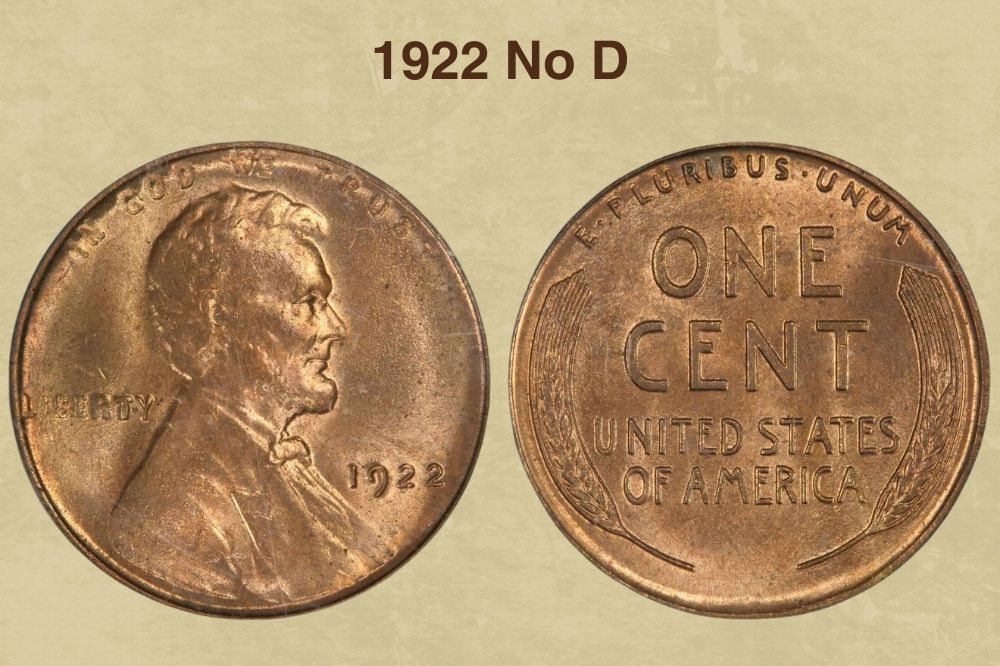
This error occurred when the Denver Mint polished dies too aggressively, removing the “D” mintmark entirely. Coins with weakly struck reverses are less valuable than those with sharp reverses.
- Values:
- Poor Condition: $500
- Mint State (MS60): $14,000
- Mint State (MS64 Red Strong Reverse): $275,000
8. 1955 Double Die Obverse
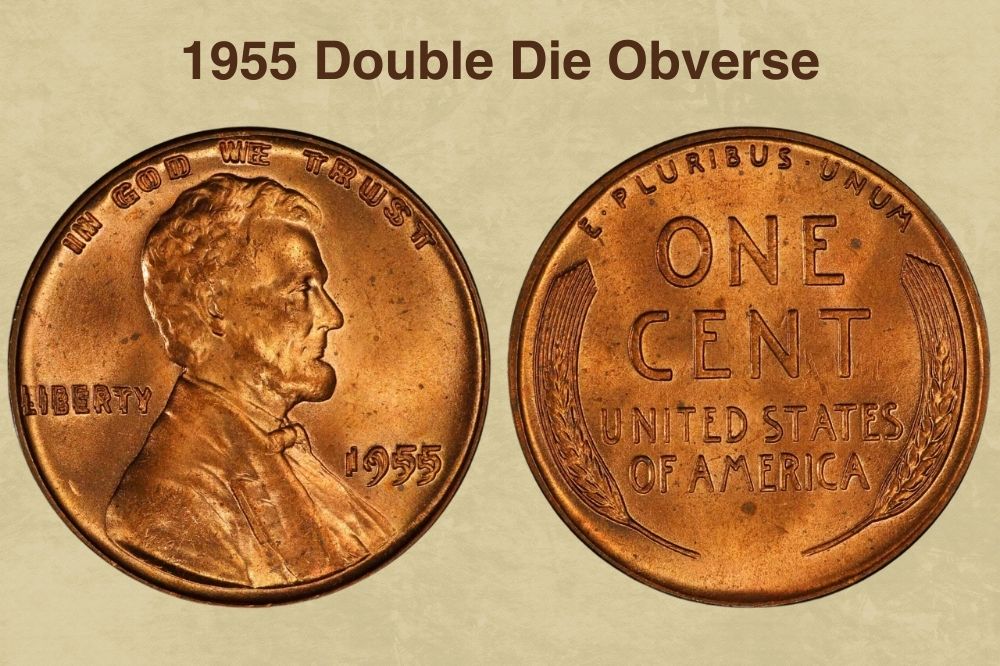
Perhaps the most famous Wheat penny error, the doubling on this coin is visible with the naked eye across the date, “Liberty,” and “In God We Trust.”
- Values:
- Circulated: $1,200
- About Uncirculated: $2,650
- Mint State (MS65+ Red): $288,000
9. 1958 Double Die Obverse
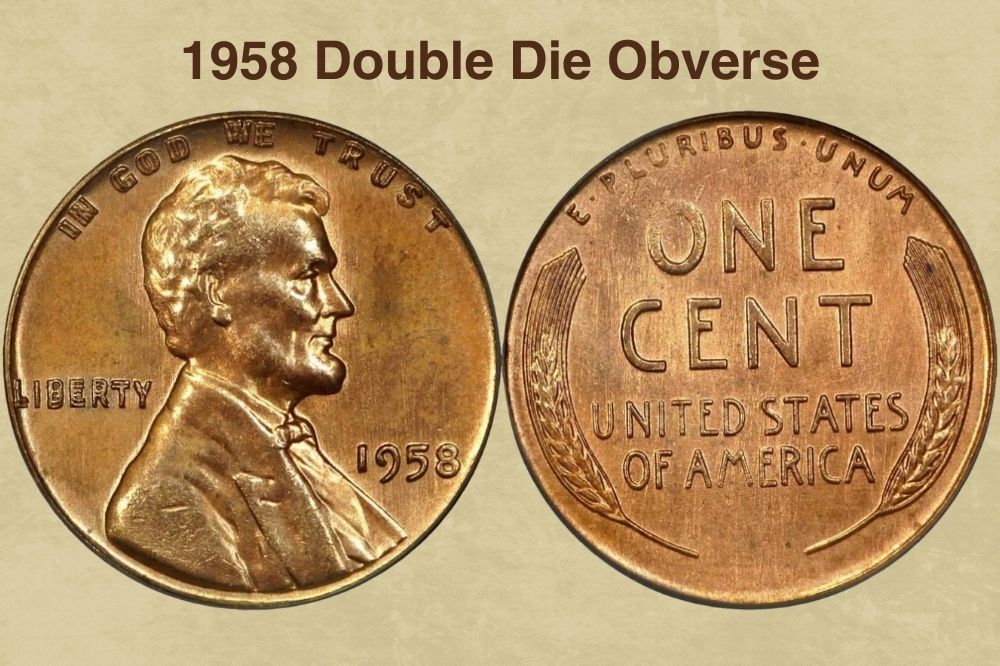
This is among the rarest error pennies, with only three known examples. The doubling is evident in “In God We Trust” and “Liberty.”
- Values:
- Mint State (MS64): $340,000
- Mint State (MS65): $1.14 million
10. 1943 Bronze Cent
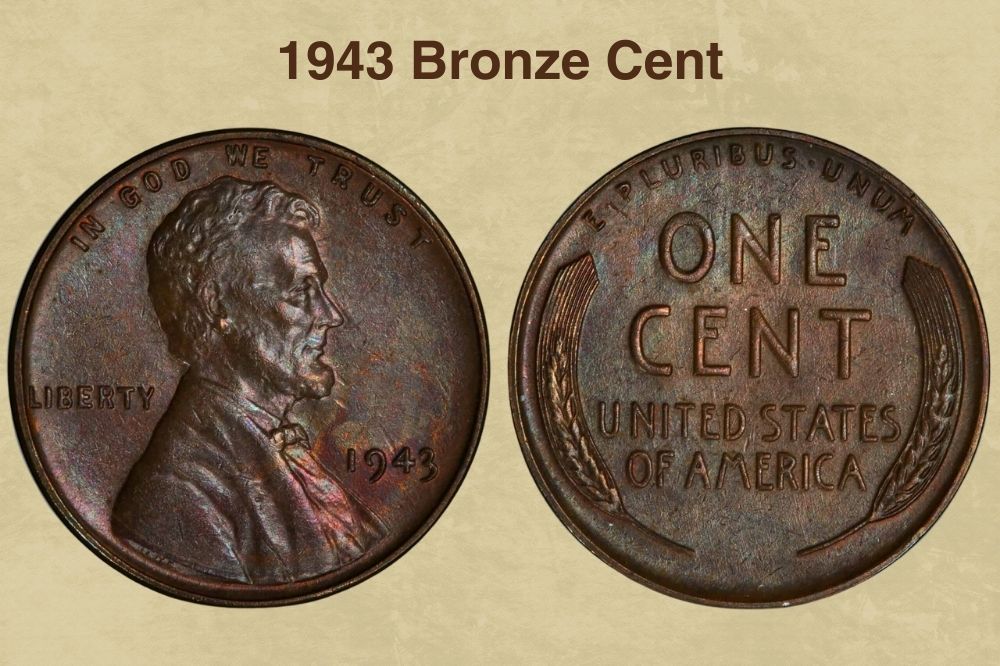
This extraordinary error occurred when leftover bronze planchets from 1942 were mistakenly struck during the switch to steel planchets in 1943.
- Values:
- Poor Condition: $215,000
- Mint State (MS63 Red): $1 million
11. 1943 Experimental Shell Case Cent
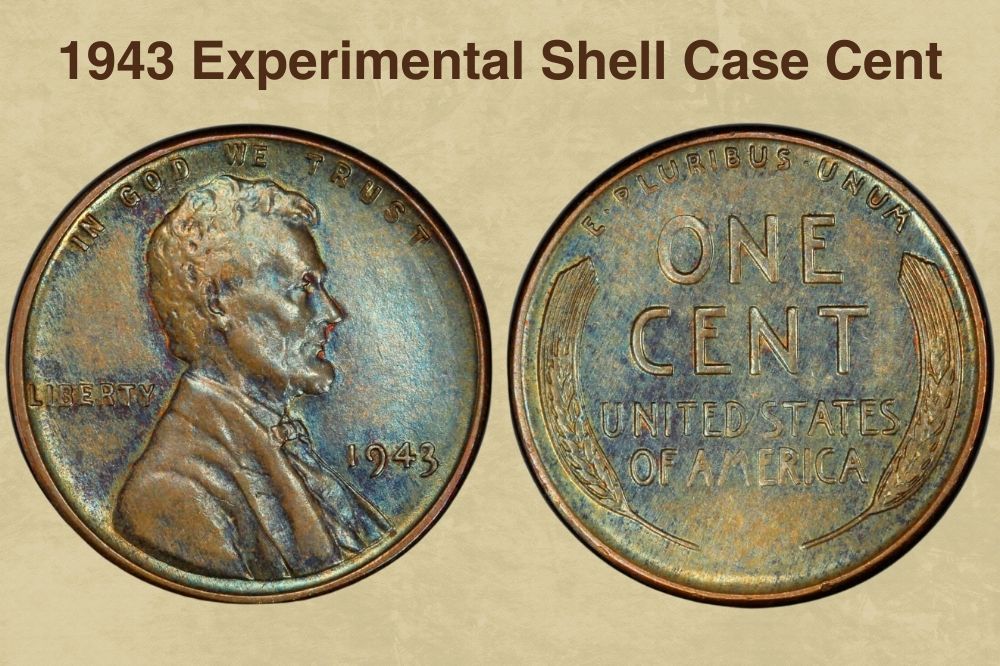
Struck using experimental alloys, these pennies are distinguishable by their unique metal composition and weak strikes.
- Value Estimate: Around $150,000
How to Spot Valuable Wheat Penny Errors
To identify a potentially valuable Wheat penny, look for the following:
| Feature | What to Check |
|---|---|
| Mintmark | Look for abnormalities like repunched or overlapping marks. |
| Die Doubling | Inspect the lettering and date for doubled images. |
| Planchet Material | Check for unusual colors or materials like bronze or shell case alloys. |
| Condition | Higher grades (AU or MS) greatly enhance value. |
Where to Find Error Pennies
- Loose Change: Examine pennies from everyday transactions.
- Coin Dealers and Auctions: Professionals often have rare coins available.
- Estate Sales: Older collections might hold hidden treasures.
- Online Marketplaces: Platforms like eBay frequently list error pennies.
Costly Mistakes Turned into Treasures
Minting errors are rare, but when they occur, they create coins that collectors prize for their uniqueness and historical significance. The stories behind these error pennies, combined with their rarity and value, make them a fascinating part of numismatic history. Whether you’re a seasoned collector or a curious hobbyist, keep an eye out for these remarkable coins—you never know when you might stumble upon a fortune in your pocket change.
FAQs
How can I tell if my Wheat penny is an error coin?
Look for anomalies in the mintmark, lettering, or material. A professional appraisal can confirm its authenticity.
Are all double die pennies valuable?
Yes, but their value depends on the prominence of the doubling and the coin’s condition.
Can circulated error pennies still be valuable?
Absolutely. Even lower-grade error pennies can fetch hundreds of dollars, depending on the rarity.
What is the rarest Wheat penny error?
The 1958 Double Die Obverse, with only three known examples, is among the rarest and most valuable.
How do I sell a valuable error penny?
Consider consulting a reputable coin dealer, submitting it to a professional grading service, or listing it in a high-profile auction.
